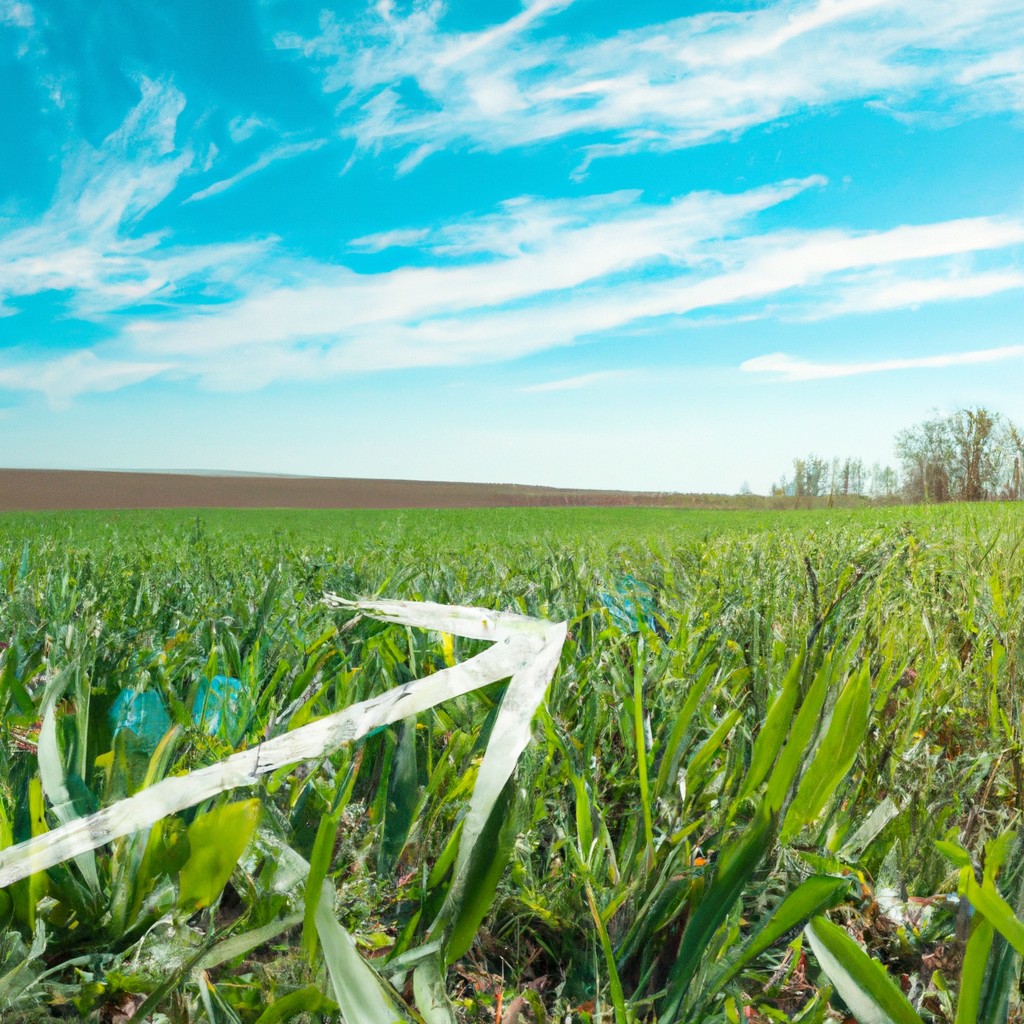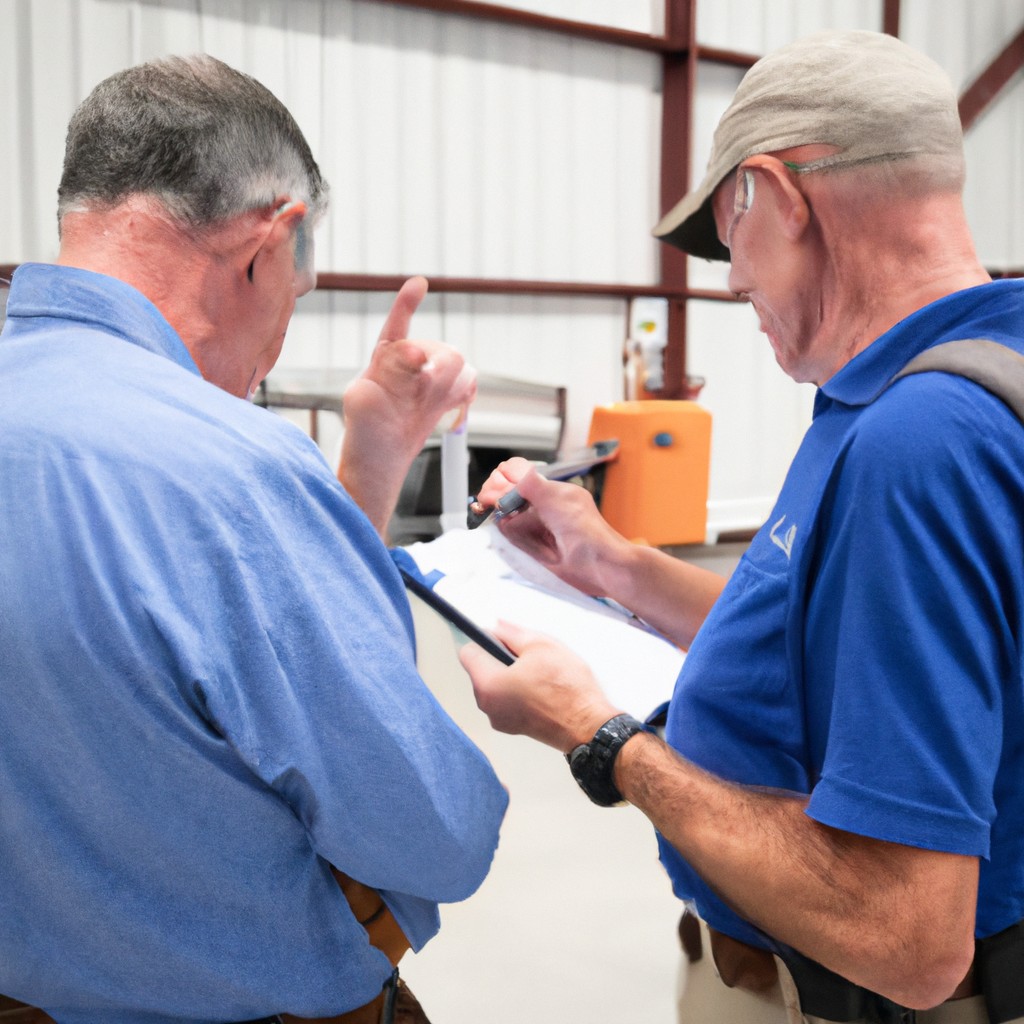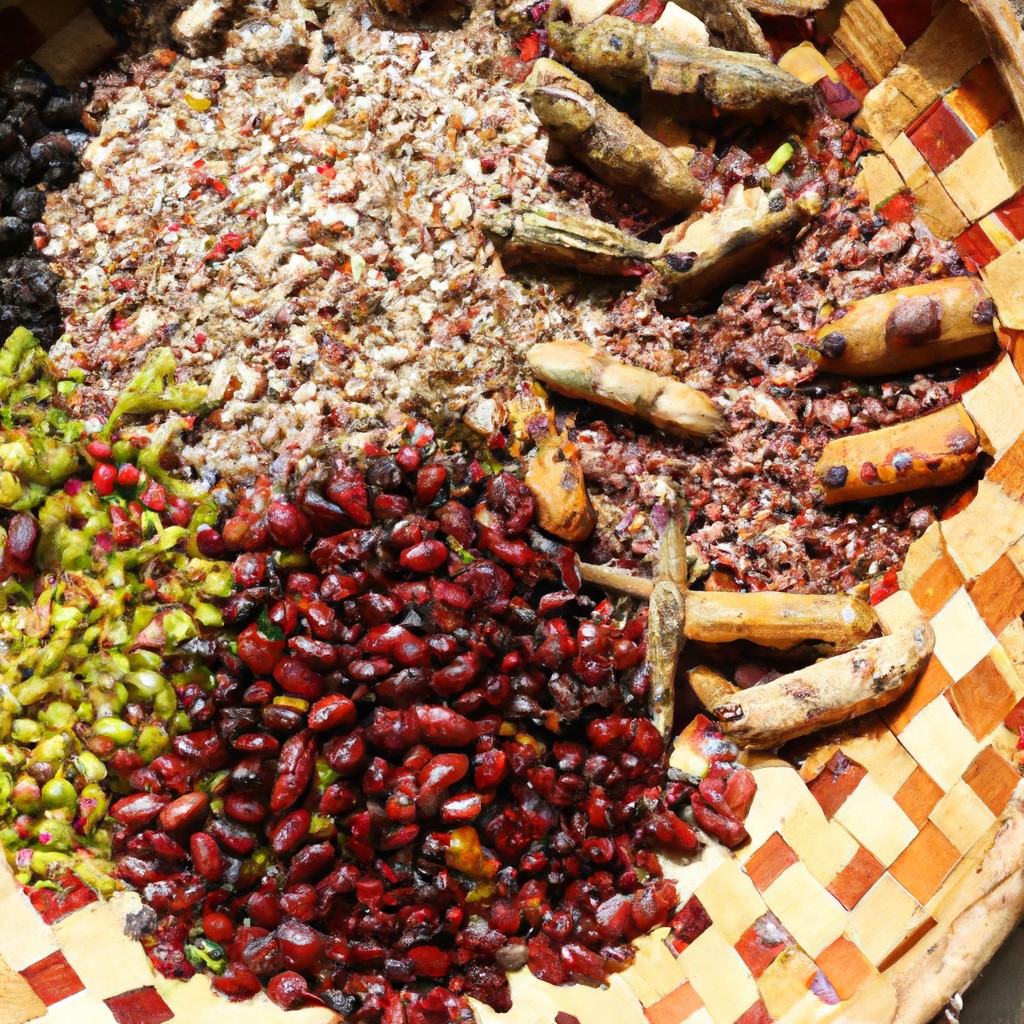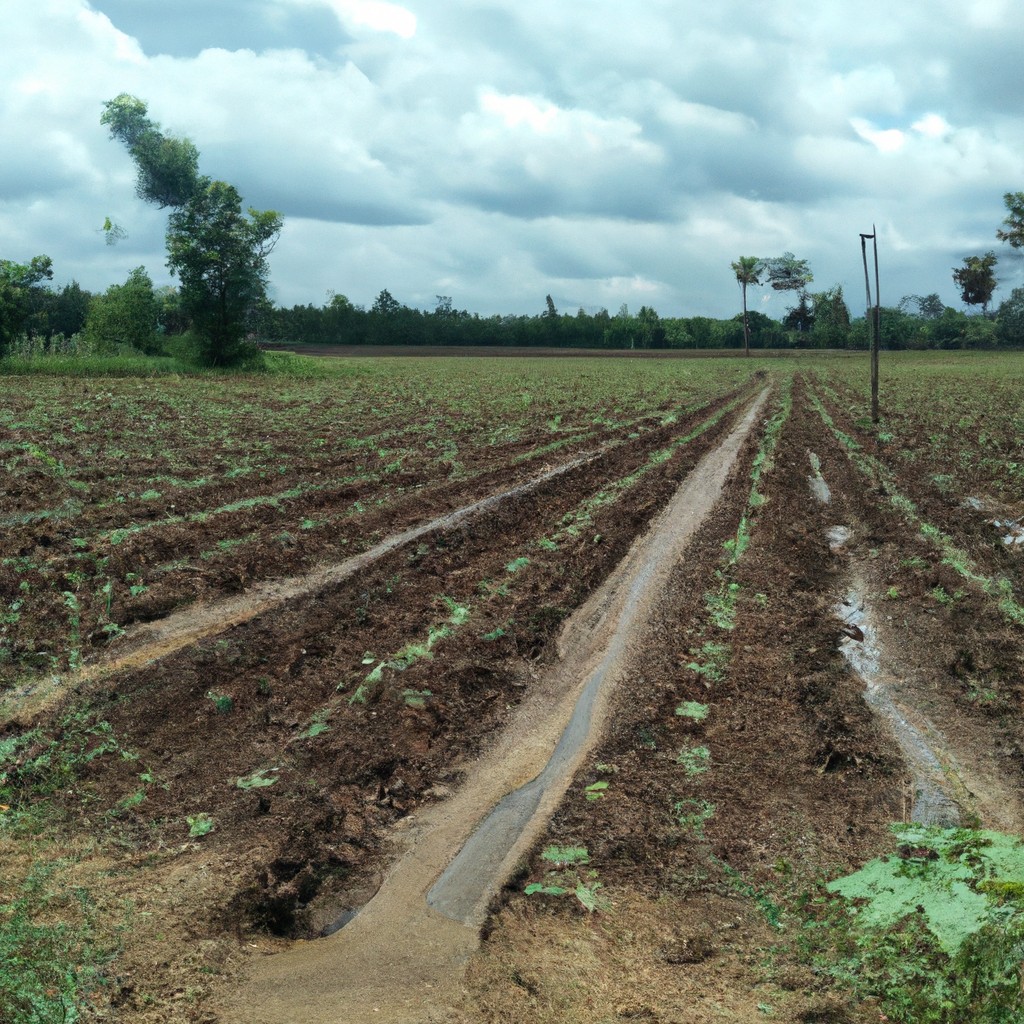Sedentary agriculture, a lifestyle rooted in farming the same land consistently, reshaped human societies by enabling permanent settlements and diverse farming practices.
Look Inside:
Historical Development and Evolution
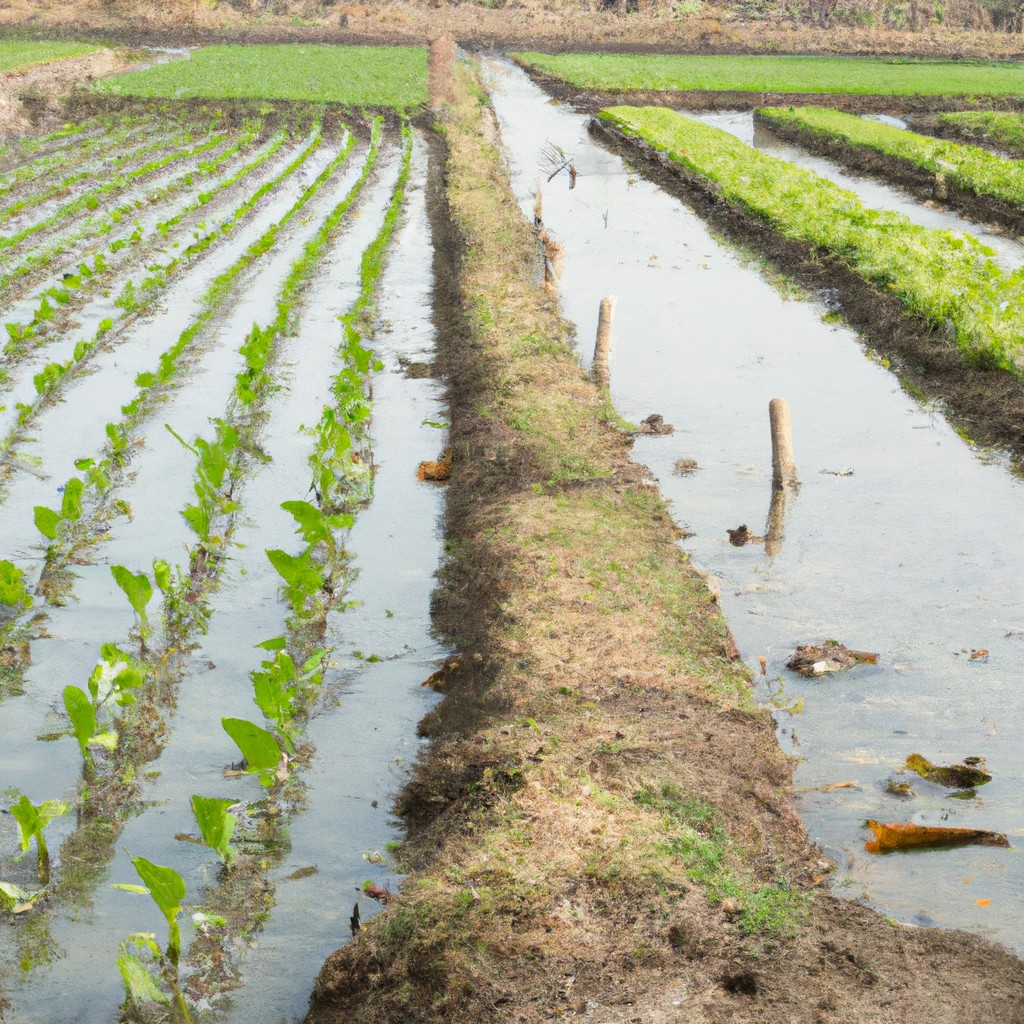
Around 10,000 years ago, humans decided that chasing their food all day was exhausting and bad for their step count. So, they settled down and embraced farming. This was a big shift from the nomadic lifestyle to putting down roots, quite literally.
These pioneers of the plow realized that growing crops like wheat and barley could support their communities more reliably than wondering every day if dinner would just walk by. It didn’t hurt that staying in one place also meant less camping and more comfy huts.
Agriculture spread faster than cat videos on the internet. Early techniques, such as crop rotation, were developed to keep the soil from throwing hissy fits and refusing to grow anything. Diverse plant cultivation became necessary when monoculture practices were like inviting only mosquitoes to your backyard BBQ.
This shift in human habits laid down the foundation stones of civilization. Villages sprouted up, and people began seeing the benefits of a potluck dinner without having to run after the main course.
Key Characteristics and Practices
Imagine setting up a farm complete with a lovely picket fence that’s here to stay—welcome to this type of farming. Unlike nomadic ta-da-we’re-here-no-we’re-not practices of yore, the roots are, quite literally, planted firmly in place. Farmers cultivate fields season after season, like a sitcom that never gets cancelled.
Stable settlements allow for the development of continuous land management. Crop rotation, for instance, is a star performer, enhancing soil fertility while keeping pest enemies at bay. Meanwhile, irrigation systems are the meticulous stage managers, ensuring water is available even during nature’s unexpected intermissions.
For livestock, it’s like a cozy long-term Airbnb arrangement. Animals are domesticated and bred on the same plot, creating a self-sustaining ecosystem that doesn’t pack its bags every season.
Growers also get the VIP access to machinery and equipment—no logging out of these tools frequently—which boosts efficiency and productivity. Remember: more plow, less cow…or something like that.
Finally, farmers play the long game with agroforestry. This companion planting technique sees trees and crops together in harmony. A duet better than any pop hit!
Environmental and Economic Impact
Ah, the magical allure of sedentary agriculture! This farming practice leaves its footprints both environmentally and economically. First off, it expands crop diversity like a farmer with a penchant for collecting rare vegetables. A colorful patchwork quilt, bringing stability to food supply, nods approvingly.
On the flip side, prolonged cultivation has some dark secrets. Soil degradation can sneak up like a raccoon at a picnic, eroding fertility over time. Effective soil management practices are necessary to keep that soil singing with nutrients.
Enter nitrogen-rich fertilizers! Vital for plant growth, but if overused, they can make a splash (literally) by leaching into water systems. Keeping rivers and lakes safe from turning into a nutrient soup is a challenge not to be ignored.
Economically, sedentary agriculture isn’t just a couch potato. It provides livelihoods to millions, supporting rural economies like a friendly neighborhood superhero. Yet, beware of monocultures—those sneaky villains that can wreak havoc on market stability when prices swing like a pendulum.
In conclusion… just kidding, not yet! But these dynamics reveal that sedentary agriculture is a balancing act, juggling sustainability and profitability like a pro. It’s all part of the fun and challenges of farming without moving an inch.
Challenges and Solutions
Oh, the glorious world of sedentary agriculture, where farmers stick around like loyal golden retrievers. Still, this longstanding practice comes with its own set of hiccups.
First, soil degradation. Continuous plowing and planting can drain the land of nutrients faster than a kid drains a soda can. The solution? Crop rotation and cover crops can be superheroes here, replenishing nutrients quicker than you can say “photosynthesis.”
Next challenge: pests. In a stagnant environment, pests get comfy. It’s like they’ve found their favorite couch and won’t budge. Introducing natural predators or organic pest control methods can show these uninvited guests the door without resorting to chemical warfare.
Water scarcity is another party-pooper. Over-reliance on water-guzzling crops can dry out resources faster than a sponge in the Sahara. Drip irrigation and drought-resistant crops are like having a rain dance: efficient and sometimes magical.
Last but not least, market unpredictability can make or break a farm. By diversifying crops and adopting agroforestry, farmers can shield themselves from market whims, just like wearing a fashionable ecological raincoat.
It’s not all doom and gloom for sedentary agriculture, just a call for some nifty tweaks in its playbook.
Future Perspectives and Innovations
Advancements in technology are shaking things up like a snow globe in an earthquake. Drones, for instance, are becoming farmers’ new best friend, offering eyes in the sky to monitor fields more efficiently. And let’s not forget about automation, which promises fewer late nights and more time for farmers to finally beat their high scores in otherwise-impossible video games.
Meanwhile, vertical farming is gaining ground, or, should we say, airspace. It’s a solution well-suited for urban areas where traditional farming feels as comfortable as a penguin in the Sahara. This method stacks plants like plates at an all-you-can-eat buffet, maximizing space and minimizing the environmental impact.
Biotechnology is playing matchmaker in the plant world, developing crops that can withstand harsh conditions almost as well as a donut left out overnight. By increasing resilience and reducing dependency on chemical inputs, it offers hope for sustainable harvests without the side order of pesticide.
Finally, regenerative agriculture is emerging like a superhero with a cape made of compost. It’s all about giving back to the soil, enhancing ecosystems, and making sure the planet doesn’t kick us off for bad behavior. Healthy soil might just be the secret sauce for a sustainable future.
